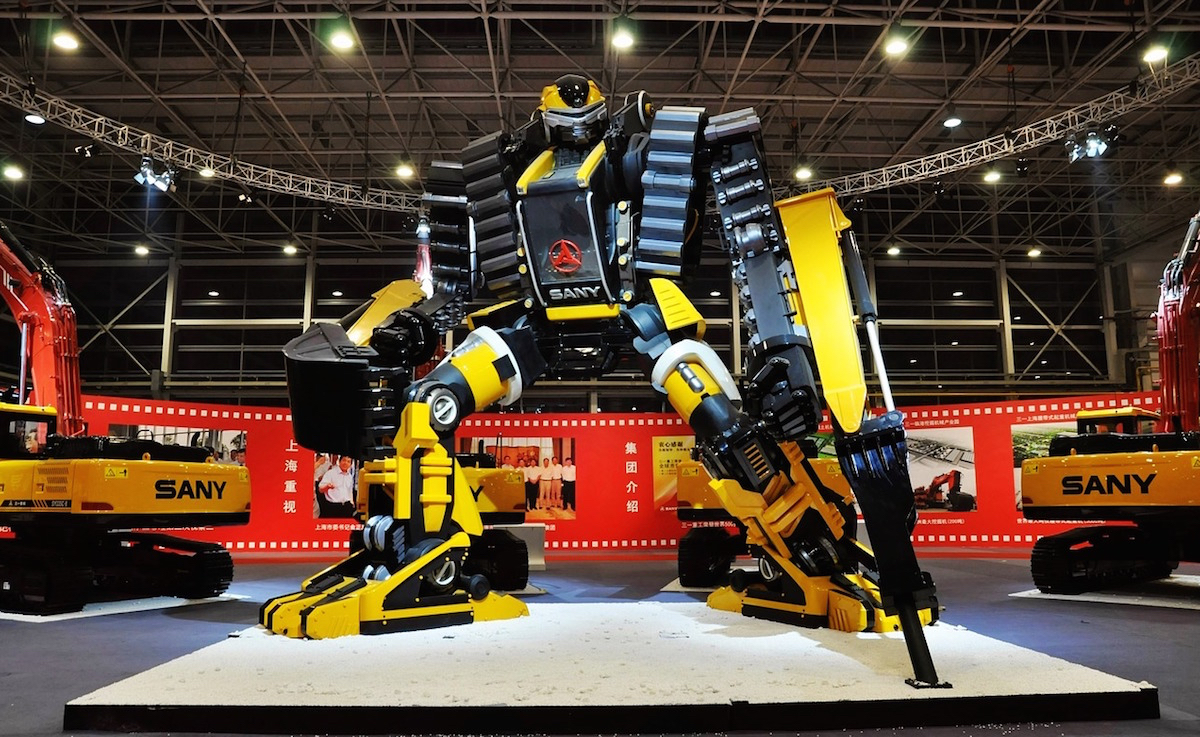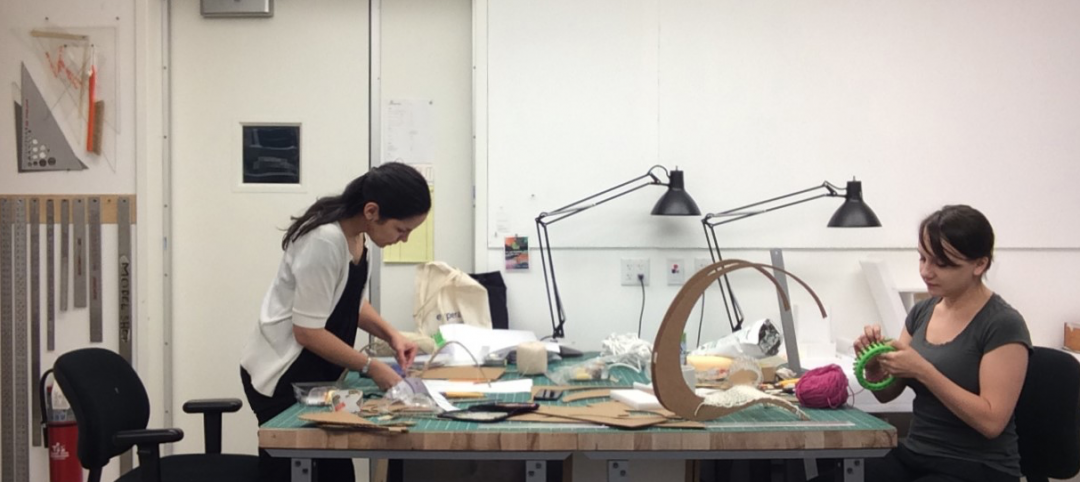Nanotechnology, artificial intelligence, 3D printing, biotechnology, machine-learning, robotics, genetic editing. These are among the so-called “cyber-physical” business fields that are swiftly pulling the world’s economies into the next great technological metamorphosis: the Fourth Industrial Revolution.
This coming era of radical transformation follows, of course, the first three industrial revolutions: the rise of machines (steam, water, and mechanical production equipment) in the 1780s; the birth of mass production and electricity in the 1870s; and the development of electronics, IT, and automated production in the late 1960s.
This next cycle will be “unlike anything humankind has experienced before,” due to the sheer size, speed, and scope of disruption, writes Klaus Schwab, Founder and Executive Chairman of the World Economic Forum (WEF), in his new book, “The Fourth Industrial Revolution."
The world’s largest taxi company—Uber—didn’t exist seven years ago. It operates in 68 countries and is valued at $62 billion, even though it doesn’t own a single vehicle. The globe’s biggest lodging provider—Airbnb—was founded just eight years ago. It hosts more than 1.5 million listings in 34,000 cities and 190 countries. It owns zero real estate, yet holds a $25 billion market valuation.
In today’s digital, interconnected world, Schwab writes, change evolves at an exponential, rather than a linear, pace. And disruption occurs at mass scale, spanning across countries, industries, and society as a whole. The world’s largest taxi company—Uber—didn’t exist seven years ago. It operates in 68 countries and is valued at $62 billion, even though it doesn’t own a single vehicle. The globe’s biggest lodging provider—Airbnb—was founded just eight years ago. It hosts more than 1.5 million listings in 34,000 cities and 190 countries. It owns zero real estate, yet holds a $25 billion market valuation.
The list goes on: Alibaba, Amazon, Facebook, Google, Twitter—all have experienced hyper growth, at mass scale, and with relatively little overhead. Take, for example, a comparison of the three largest companies in Detroit in 1990 (while still in its manufacturing boom days) versus Silicon Valley’s three biggest firms in 2014: The tech-based companies required nine times fewer employees (about 137,000) than the manufacturing-based companies (1.2 million) to generate the same revenues, roughly $250 billion. The automation inherent in digital services means many tech-based companies do not incur dramatic diminishing returns when scaling up, writes Schwab.
What does this chaotic remake of traditional business models mean for tomorrow’s workforce? Business, political, and academic leaders—including Schwab—wrestled with this question during the annual WEF summit last week in Davos, Switzerland. Among their conclusions—which were presented in a research report, “The Future of Jobs”—were:
• In the near term (2015-2020), there could be a net loss of 5.1 million jobs worldwide to disruptive labor market changes, a large portion in the office and admin functions.
• Experts forecast a total gain of two million jobs in the computer and mathematical and architecture and engineering fields by 2020 (good news for AEC!).
• Two emerging job types stand out: data analysts, to help companies make sense of the torrent of information, and specialized sales reps., to help firms commercialize their services.
Schwab’s chief concern, though, is the exacerbation of inequality worldwide, as the money and resources flow through an ever-shrinking number of entities.
More from Author
David Barista | Aug 15, 2019
3 ‘Giant’ AEC market trends for 2019-2020
We’re starting to see a shift toward custom research, thanks in part to the influx of data, data tools, and analytics expertise in the AEC market.
David Barista | Jul 31, 2019
Amenities war no more? Research report explores multifamily market
Multifamily developers show no signs of pulling back on specialty spaces and unique offerings in an effort to attract high-quality tenants, according to new research from Multifamily Design+Construction.
David Barista | Dec 30, 2016
An open letter to the AEC C-suite
Women AEC professionals need you to take action.
David Barista | Sep 6, 2016
Innovation intervention: How AEC firms are driving growth through R&D programs
AEC firms are taking a page from the tech industry, by infusing a deep commitment to innovation and disruption into their cultural DNA.
David Barista | Jun 27, 2016
If ‘only the paranoid survive,’ what does it take to thrive?
“Sooner or later, something fundamental in your business world will change.” The late Andrew Grove (1936-2016), Co-founder of tech giant Intel Corp., lived by these words.
David Barista | May 31, 2016
As commercial buildings get ‘smarter,’ concerns rise over cybercrime
As buildings become increasingly connected, opportunistic hackers have countless avenues into a building’s network.
David Barista | May 9, 2016
Is the nation’s grand tech boom really an innovation funk?
Despite popular belief, the country is not in a great age of technological and digital innovation, at least when compared to the last great innovation era (1870-1970).
David Barista | Mar 31, 2016
Deep Learning + AI: How machines are becoming master problem solvers
Besides revolutionary changes to the world’s workforce, artificial intelligence could have a profound impact on the built environment and the AEC industry.
David Barista | Feb 24, 2016
Is the booming freelance economy a threat to AEC firms?
By shifting the work (and revenue) to freelancers, “platform capitalism” startups have taken considerable market share from traditional businesses.
David Barista | Jan 5, 2016
Potential vs. credential: How men and women differ in career progress
Recent research suggests that women face yet another career impediment: the confidence gap.
















